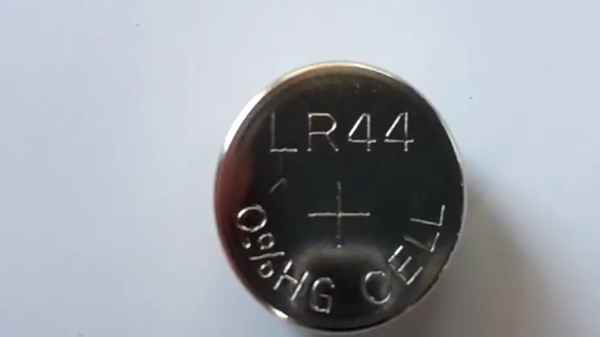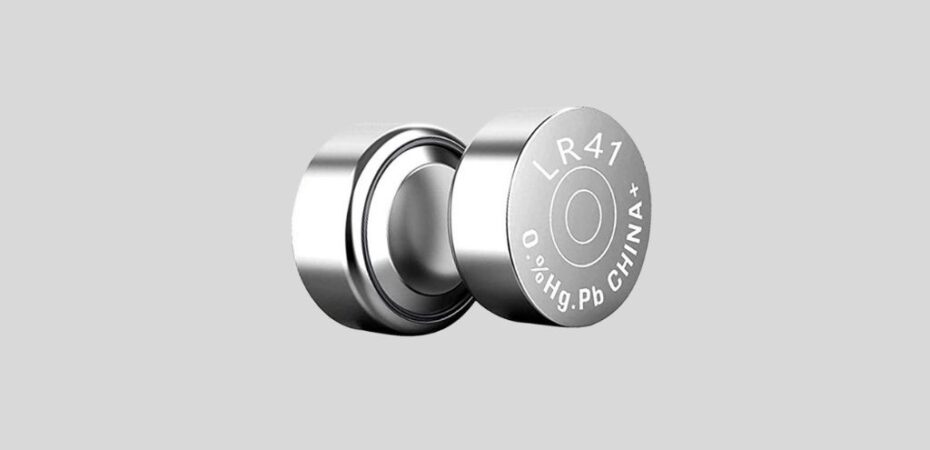In today’s tech-driven world, where small devices reign supreme, the LR41 battery stands as a powerhouse in a compact form. Understanding its specifications is crucial for optimizing performance and ensuring seamless operation. From voltage to dimensions, let’s delve into the intricate details of the LR41 battery.
Understanding the LR41 Battery

What is an LR41 Battery?
The LR41 battery, also known as AG3 or LR736, is a button cell battery commonly used in small electronic devices. It belongs to the alkaline battery family and is renowned for its compact size and reliable power output.
Composition and Construction
LR41 batteries typically consist of alkaline chemistry, featuring manganese dioxide (MnO2) as the positive electrode and zinc as the negative electrode. These components are housed within a cylindrical metal casing, ensuring durability and efficient energy transfer.
Key Specifications
Voltage
One of the primary specifications of an LR41 battery is its voltage output. It typically delivers a nominal voltage of 1.5 volts, making it suitable for powering various low-drain electronic devices such as watches, calculators, and small toys.
Capacity
While LR41 batteries are not known for their high capacity, they offer sufficient power for the intended applications. The typical capacity ranges from 25 to 32 milliampere-hours (mAh), ensuring prolonged device operation before replacement is required.
Dimensions
Dimensional specifications play a crucial role, especially in devices with limited space. The LR41 battery boasts a compact size, with a diameter of approximately 7.9 millimeters and a height of about 3.6 millimeters. These dimensions ensure compatibility with a wide range of devices requiring small power sources.
Shelf Life
LR41 batteries are esteemed for their long shelf life, retaining a significant portion of their capacity even after prolonged storage. With proper storage conditions, they can maintain their performance for up to five years or more, making them ideal for emergency kits and backup devices.
Temperature Range
Another critical aspect of LR41 battery specifications is its temperature range. These batteries exhibit optimal performance within a temperature range of 0 to 60 degrees Celsius (32 to 140 degrees Fahrenheit), ensuring reliability in various environmental conditions.
Applications

Watches and Clocks
LR41 batteries are commonly utilized in watches and clocks, providing reliable power to ensure accurate timekeeping. Their compact size makes them an ideal choice for slim timepieces, offering extended battery life without sacrificing performance.
Calculators
Small electronic devices such as calculators rely on LR41 batteries for efficient operation. The stable voltage output and compact form factor make them well-suited for powering these essential tools, ensuring seamless calculations in various settings.
Toys and Gadgets
From electronic toys to miniature gadgets, LR41 batteries find widespread use in a plethora of consumer electronics. Their compact size and reliable performance make them a preferred choice for powering remote controls, keychain flashlights, and novelty items.
Tips for Maximizing Performance
Proper Storage
To prolong the shelf life of LR41 batteries, it’s essential to store them in a cool, dry place away from direct sunlight and moisture. Storing them in their original packaging or a designated battery case can help prevent accidental short circuits and degradation.
Replace Promptly
When LR41 batteries show signs of diminished performance, such as reduced voltage or shorter run times, it’s crucial to replace them promptly. Delaying replacement can lead to device malfunctions or leakage, potentially causing damage to the device.
Environmentally Friendly Disposal
LR41 batteries, like all batteries, should be disposed of properly to minimize environmental impact. Many recycling centers accept button cell batteries for safe disposal or recycling of their components. Avoid disposing of batteries in regular household waste to prevent pollution and harm to the environment.
Conclusion
In conclusion, understanding the specifications of an LR41 battery is paramount for maximizing its performance and longevity. From voltage and capacity to dimensions and temperature range, each specification plays a crucial role in ensuring seamless operation in various electronic devices. By adhering to proper storage practices and promptly replacing depleted batteries, users can harness the full potential of LR41 batteries while minimizing environmental impact through responsible disposal.
Read Also

